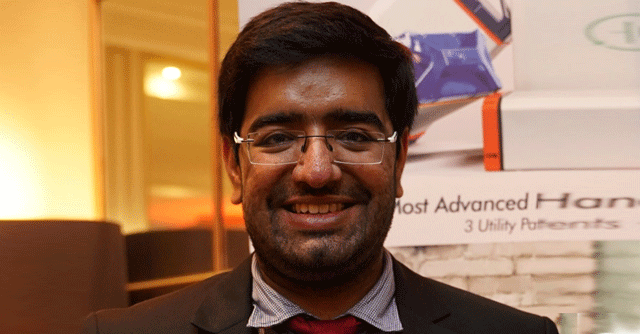
Electricity Grid, the biggest challenge to EV adoption


The summer of 2022 was interesting in California. One that showed a glaring problem ahead of us. On one side, it announced a ban on ICE cars from 2035. On the other hand, it asked everyone to avoid charging their EVs during peak hours.
Cumulatively there are around 30 million vehicles in California, and over 1 million are EVs. That's just about 3-4% of the electrification of the vehicles on the ground.
So, what happened?

Typically, during summer, electricity consumption goes up due to the increased usage of air conditioners. These air-conditioners cause an increase in demand for power for which the power supply from the power plants must be turned up.
This work of matching the demand with the supply ensures that there is Grid Stability. This is the work of the Grid Managers, sitting in control rooms with a ton of tools at their disposal, managing the flow of electricity. They anticipate the demand that will come up at any point in a day over a week in a season over the year.
What happens when the electric vehicles on the road are now at just 10%? This triples the number of EVs on the ground. This may occur in the next five years at the rate at which EVs are being adopted. That's a steep increase in demand for power on the grid – for just 10% electrification of vehicles.

To give you a scale of this: each 1-ton air-conditioner consumes about 1kW of power. A slow charger consumes around 3kW and a fast charger between 7kW to 22kW. With fast chargers, it's like turning, on average, ten such air-conditioners at once. That's like adding three houses on top of the existing one in terms of power requirement when the electrical infrastructure is in no place to handle such a steep increase in demand.
An EV is the most power-hungry electrical appliance brought into a house. Double or triple the power consumed by all the other devices combined in the house.
Making things worse for the grid will be the constant increase in renewable sources of energy, which depend on the time of the day and season for solar and location for wind.

Massive investments into upgrading the grid will be required, and required fast, to catch up with the increased adoption of EVs. Upgrading the grid requires increasing the existing grid's ability to carry more power and putting down new lines to address the increased demand. And this needs to start now, or even five years back.
Not only this, but the grid will have to be smarter. Never before has the flip of a switch consumed so much power.
Multiple solutions have arisen out of this problem. Setting up solar panels and power banks solves this issue at an individual house level, but this is only feasible for some people. Concepts like Vehicle-to-Grid (V2G) or Battery-to-Grid (B2G) have come up, which can solve several such problems while being truly electric. All of this makes the grid more dispersed.

From the batteries at home to the batteries in vehicles to battery swap stations – all act as power banks, storing extra power during low-demand or cheap electricity periods and using that power during highdemand or expensive electricity periods. A network of smartly connected power banks and talking to each other will significantly reduce the load on the grid.
While EV adoption is bound to happen fast, the challenges with the grid should support this adoption. We need to act fast and quickly to solve these issues.

Arun Sreyas
Arun Sreyas is the Co-Founder of RACEnergy.
